Solve Simple Linear Equations: Effective Strategies for Mastery
Grasping the intricacies of solving simple linear equations is a cornerstone of mathematical education, laying the groundwork for advanced concepts.
As students begin their journey through the world of algebra, they often encounter the challenge of transforming a seemingly cryptic array of symbols and numbers into a clear and precise answer.
Through a methodical approach, one learns to identify the coefficients and constants, manipulate variables, and apply fundamental operations to uncover the values that satisfy the expression of equality.
Mastery of these techniques not only boosts one’s proficiency in mathematics but also sharpens critical thinking skills that transcend the euclidean plane of the classroom.
Keep reading to explore the most effective strategies that can transform any beginner into an equation-solving aficionado.
Key Takeaways
- Solving Linear Equations Requires Understanding Their Components: Variables, Coefficients, and Constants
- Maintaining the Balance of Equality Is Fundamental in the Process of Solving Algebraic Equations
- Simplification, Such as Combining Like Terms and Clearing Fractions, Can Significantly Reduce the Complexity of Linear Equations
- Regular and Varied Practice Is Essential to Mastery in Solving Simple Linear Equations
- Leveraging Tools Like Worksheets, Interactive Websites, and Educational Apps Supports and Enhances Learning
Understanding the Basics of Linear Equations
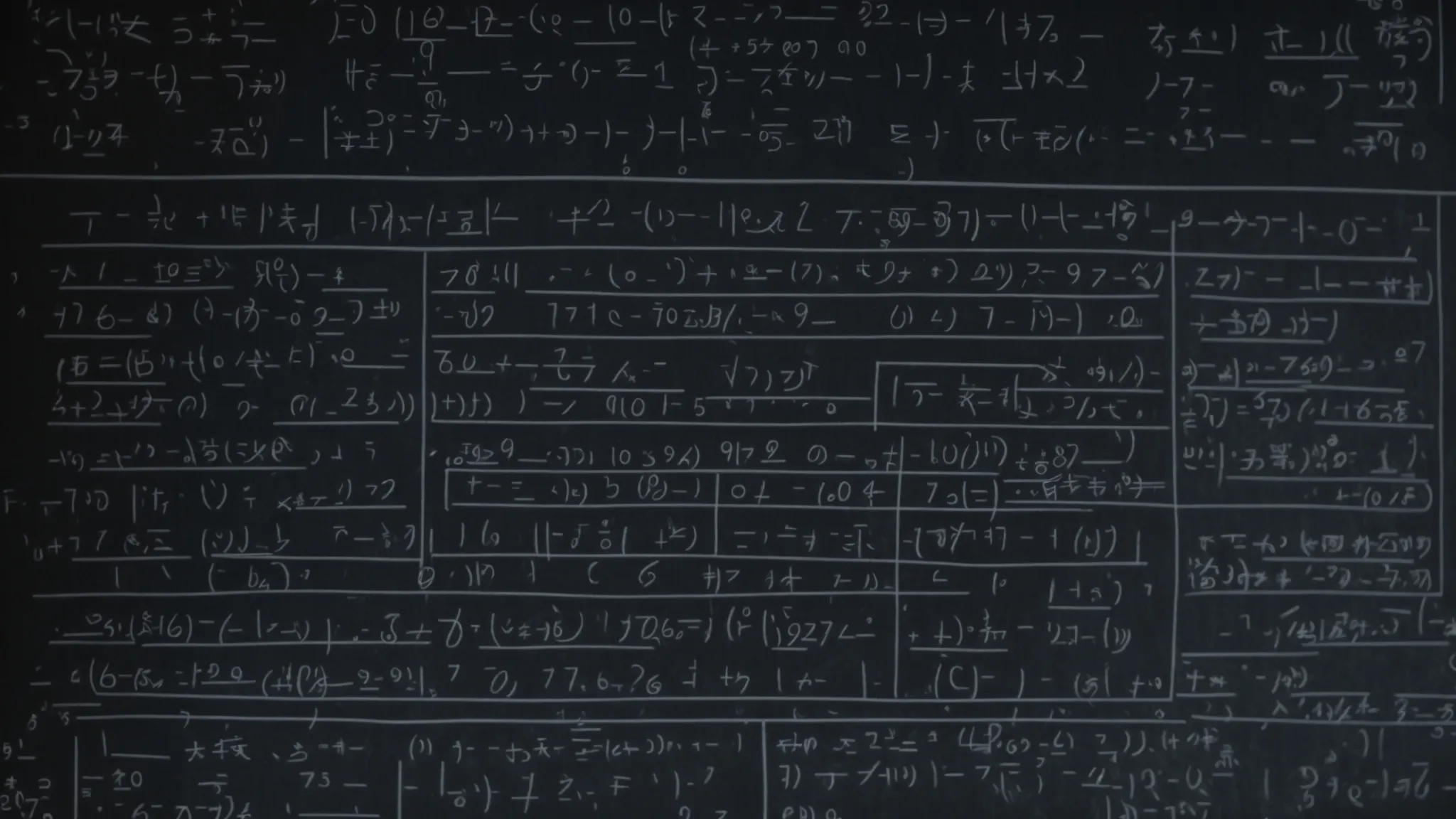
Embarking on the journey of learning how to solve simple linear equations requires a solid grasp of their fundamental components.
Within each algebraic expression, constants, variables, and coefficients intermingle to form the tapestry of mathematics known as an equation.
Recognizing whether these equations are linear—representing a straight line on the Euclidean plane—or nonlinear, which cannot be graphed as such, is imperative for accurate equation solving.
Central to these considerations is the equality sign, a symbol signifying balance and equivalence, which distinguishes an equation from an inequation, underlining the comparison integral to the nature of solving mathematics problems.
Identify Components: Constants, Variables, and Coefficients
To begin demystifying the algebraic equation, let us identify its fundamental components: constants, variables, and coefficients. A constant is a fixed number that does not change, while a variable is a symbol, typically a letter, that represents an unknown value that can vary. The coefficient, on the other hand, is the number that multiplies the variable, revealing how much the variable is being scaled in an expression.
- Constants provide the solid numerical foundation upon which an equation is constructed.
- Variables are the unknown elements we aim to discover in the quest of solving equations.
- Coefficients dictate the rate at which variables scale, crucial in shaping the dynamic of the equation.
Recognizing Linear Equations vs. Nonlinear Equations
Discerning between linear equations and their nonlinear counterparts is a crucial skill in mathematics. Linear equations form straight lines when plotted on the Euclidean plane and are characterized by variables that never multiply or divide each other, nor do they feature variables being raised to any power higher than the first. In contrast, nonlinear equations involve variables that may interact multiplicatively, are exponents in the equation, or influence the line to curve, representing a more complex relationship that deviates from the simple, straight line indicative of linear relationships.
| Equation Type | Definition | Graph Representation | Example |
|---|---|---|---|
| Linear Equation | Variables to the first power, producing a straight line | Straight line | y = 2x + 3 |
| Nonlinear Equation | Variables interact or are raised to higher powers, resulting in a curved graph | Curve | y = x^2 + 3 |
The Role of the Equality Sign in Equations
The equality sign, represented by two parallel lines, serves as the fulcrum in the delicate balance of an equation. It denotes that the expressions on either side of the equation have the same value, signifying the essence of the quest for equilibrium in mathematics. Thus, the symbol becomes a crucial component in understanding and achieving the satisfaction of equality within linear equations and beyond.
- The equality sign is a fundamental gateway to equation solving, guiding the learner through the process of achieving equilibrium between two expressions.
- It stands as a beacon of balance in the numeric landscape, challenging students to manipulate expressions while maintaining the integrity of the initial equation.
- Through understanding the role of the equality sign, students become adept at navigating both simple and complex mathematical scenarios, venturing beyond mere rote learning to a deeper comprehension of algebraic concepts.
Setting Up Your Equation for Success
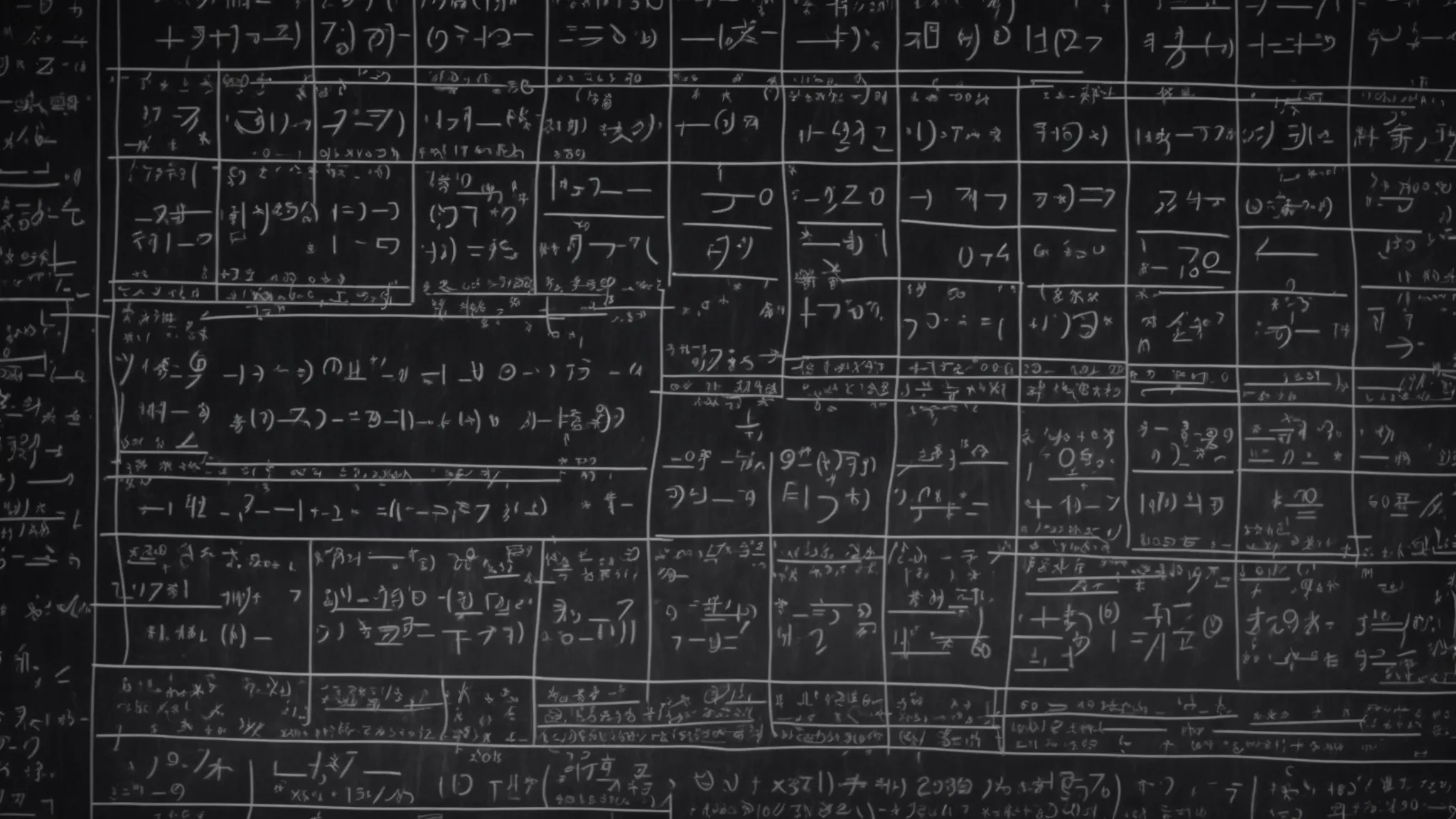
Before delving into the intricacies of solving simple linear equations, it is crucial to establish a clear starting point by arranging the equation properly.
Simplification is the first order of business, where combining like terms can dramatically reduce complexity, allowing one to see the structure of the equation more clearly.
Equally important is the maintenance of balance; any operation applied to one side of the equation must equally be applied to the other to sustain the pivotal concept of equality.
Additionally, a strategic rearrangement is often required, encouraging the movement of variables to one side and constants to the other, isolating the unknown and setting the stage adeptly for its revelation.
These preparatory steps constitute a formula for success, paving the way for a smooth journey towards the solution.
Simplify Equations: Combining Like Terms
The journey to demystify an algebraic equation often starts with simplifying, a process aimed at reducing complexity through the strategic combination of like terms. By merging constants with constants and like variables with one another, a student reshapes the equation into a more manageable form, setting a clear path toward discovering the value of the unknown variable.
| Step | Procedure | Example Before | Example After |
|---|---|---|---|
| 1 | Combine Like Constants | 3 – 1 + 4x | 2 + 4x |
| 2 | Combine Like Variables | 2 + 4x + 3x | 2 + 7x |
Consolidating terms not only clarifies the equation’s structure but also simplifies subsequent steps in the solving process, endorsing a smoother progression towards the solution.
The Importance of Keeping the Equation Balanced
In the realm of algebra, safeguarding the equilibrium of a linear equation during manipulation is tantamount to preserving its integrity. When a teacher instructs students to perform operations such as addition, subtraction, multiplication, or division, they emphasize the necessity to apply these actions consistently to both sides of the equation. This meticulous application is the linchpin in maintaining the truth of the original expression, ensuring the variable sought after is isolated accurately, and the solution retains its validity.
Rearranging Equations: Moving Variables to One Side
A pivotal moment in solving linear equations is the strategic relocation of variables, a step that requires the learner to perform operations that move all variables to one side of the equation, effectively isolating them. This maneuver, often involving the addition or subtraction of terms across the equals sign, establishes a clearer path to uncovering the sought-after value of the variable. Employing this technique with precision and understanding enhances the solver’s ability to transform a complex algebraic equation into an intuitive and solvable numerical expression.
Master the Process of Solving by Addition or Subtraction
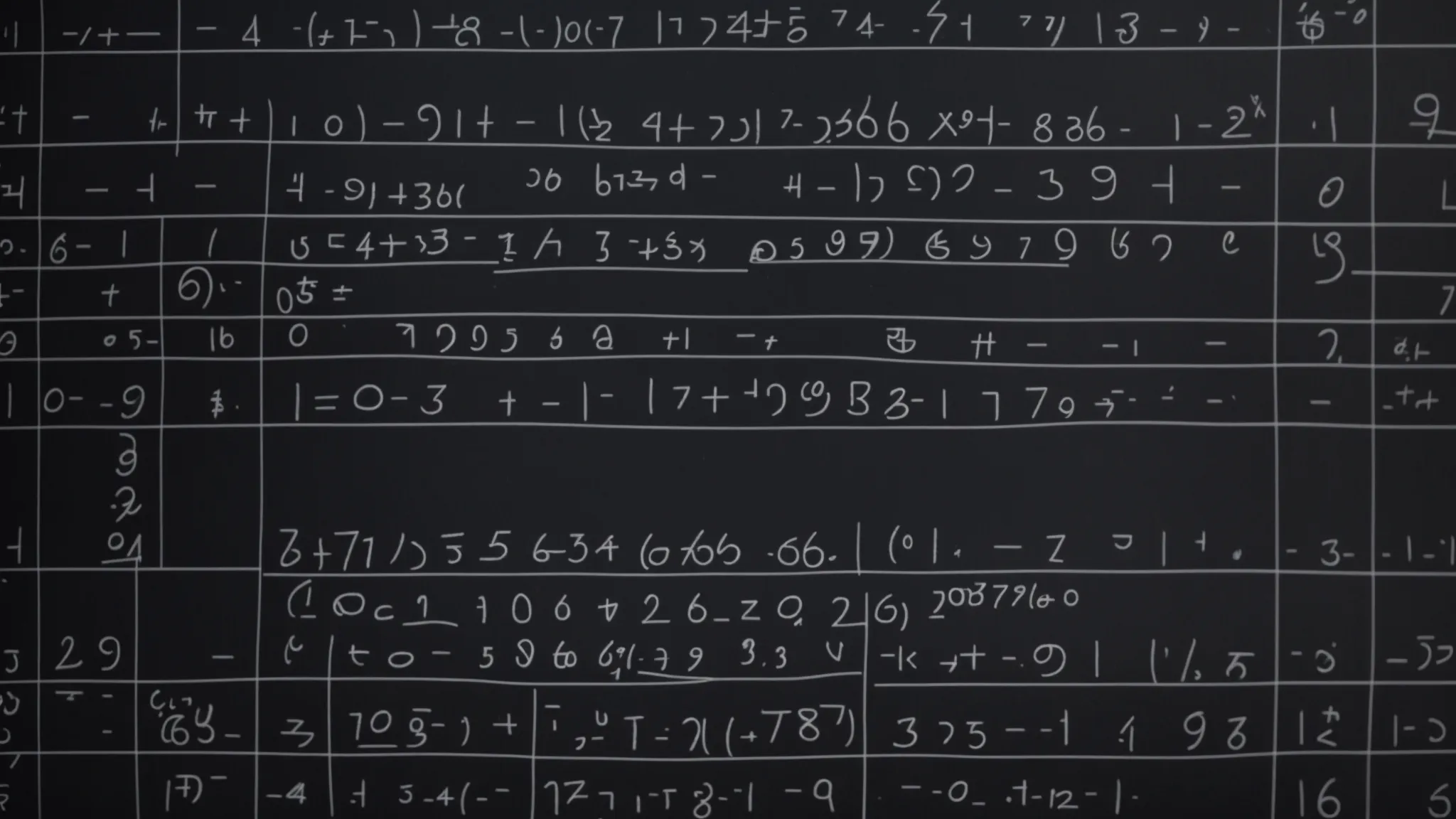
As learners progress through the intricate dance of algebra, mastering the strategies for solving simple linear equations by addition or subtraction stands paramount.
These two fundamental operations are the bread and butter of equation solving, allowing for the efficient manipulation and isolation of variables.
Grasping when and how to apply these methods is critical for anyone looking to navigate the world of linear equations confidently.
From the judicious identification of terms that necessitate addition or subtraction to the precise execution of these methods, each step in this strategic process brings one closer to an accurate solution.
Furthermore, corroborating the solution’s correctness ensures a solid understanding and reinforces the mathematical skills required for proficiency in algebra.
Identifying When to Add or Subtract Terms
Discerning the opportune moment to add or subtract terms within a linear equation hinges on the position and value of the variables and numbers involved. The solver must ascertain the requirement to migrate all variables to one side of the equation and constants to the opposite, prompting a subtractive or additive move accordingly. This decisive action, informed by the goal of isolating the variable, plays a crucial role in streamlining the path to unveiling the solution.
Executing the Addition/Subtraction Method Step by Step
To execute the addition or subtraction method in solving linear equations, one must engage systematically in mathematical tactics: identifying which terms on opposite sides of the equation are alike and then adding or subtracting these terms to both sides to consolidate variables on one side. This crucial step streamlines the resolution process and lays the groundwork for isolating the variable, which ultimately leads to finding the correct solution.
Checking Your Answer for Accuracy
Ensuring the accuracy of their solution empowers learners to consolidate their understanding of algebra. After manipulating the terms and isolating the variable to reveal a potential answer, students should substitute the solution back into the original algebraic equation to verify whether the left and right sides maintain equality. This final check, a simple yet profound step, safeguards against errors and solidifies confidence in the learning process.
Tackling Equations Using the Multiplication or Division Method
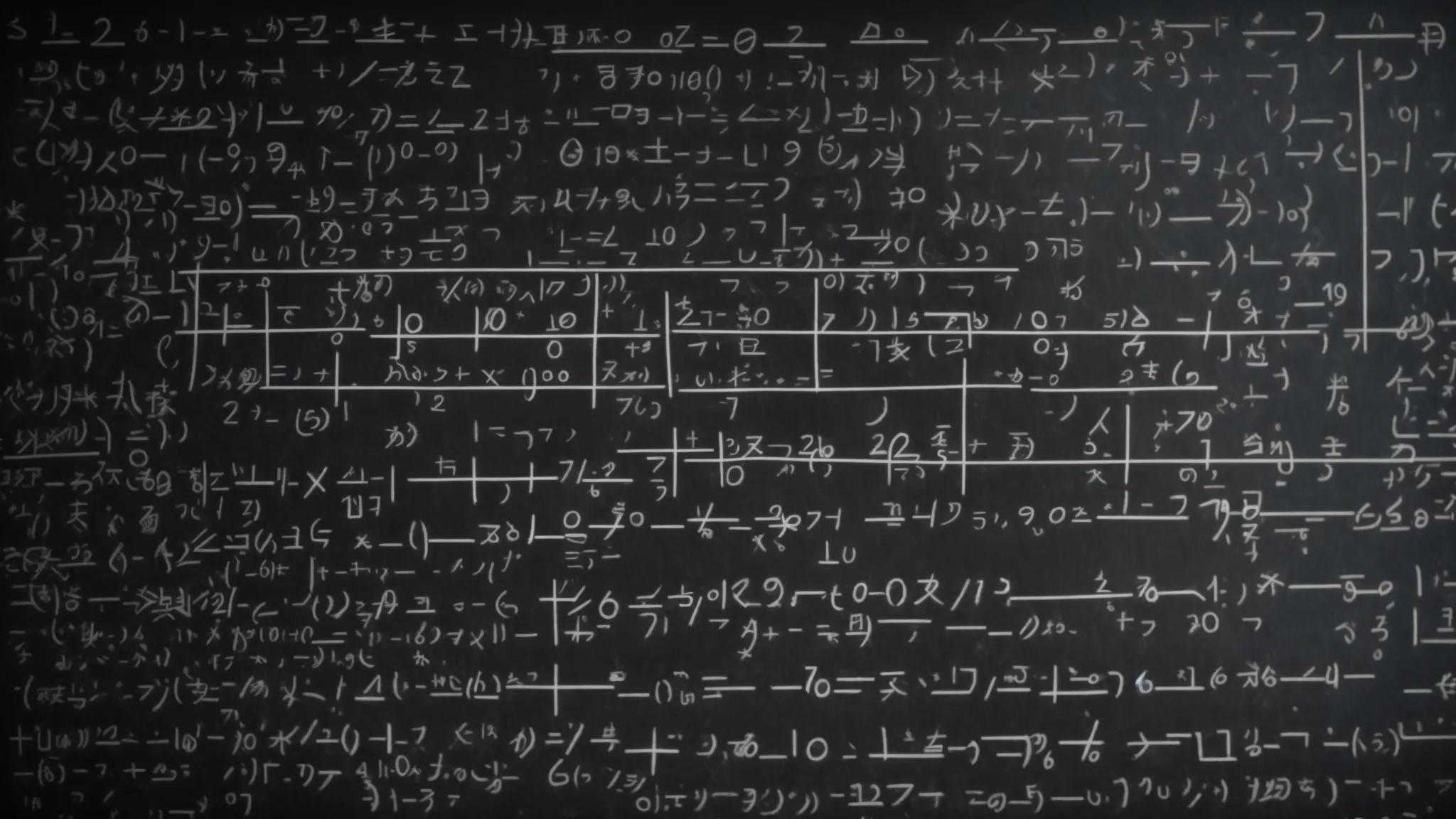
As students deepen their grasp of algebra, they encounter situations where multiplying or dividing both sides of an equation becomes the most efficient route to uncovering the value of an unknown variable.
Recognizing when this path is appropriate hinges on the nature of the coefficients attached to the variable in question.
While simplifying by addition or subtraction is often the initial approach, the clarity of solving by multiplication or division emerges when variables are coupled with fractional coefficients or when a swift scaling of all terms facilitates easier handling.
This introductory segment illuminates the nuances of when to employ these tactics and walks through a step-by-step guide on their implementation.
Furthermore, learners will develop the adeptness to verify the precision of their solutions through substitution, ensuring their encountered answer resonates with mathematical accuracy and logical coherence.
When to Use Multiplication or Division
Understanding when to utilize multiplication or division to solve simple linear equations is a matter of recognizing the structure and coefficients within the equation itself. If a variable is multiplied by a fraction or a decimal coefficient, division can simplify the equation by eliminating this complexity and isolating the variable. Conversely, multiplication is often the method of choice when equations include a variable with a coefficient in the form of a fraction; by multiplying through by the denominator, learners can eliminate the fraction and simplify the equation’s structure.
| Operation | When to Use | Examples of Equations | Reasoning |
|---|---|---|---|
| Multiplication | Variable has a fractional coefficient | ( frac{1}{4}x = 8 ) | Eliminates fraction by multiplying by the denominator |
| Division | Variable multiplied by a fraction or decimal | 0.5x = 10 | Simplifies equation by dividing to isolate the variable |
Employing these methods with discernment simplifies complex equations, allowing students to advance their problem-solving skills in mathematics confidently.
Step-by-Step Guide to Multiplying or Dividing Both Sides
A teacher would guide students through the intricacies of employing multiplication or division to seamlessly traverse the journey of solving a linear equation. The learner initiates this process by determining whether the variable’s coefficient renders multiplication or division as the more suitable operation – multiplication tailors the equation for clearer analysis when the coefficient is fractional, while division handles decimals adeptly. Through systematic application, students multiply or divide both sides of the equation, maintaining the delicate equilibrium of equality and coaxing the variable out of obscurity to stand alone, thereby unveiling its value with satisfying clarity.
Verifying Your Solution Through Substitution
After applying the problem-solving rigor of multiplication or division to a linear equation, prudent learners validate their findings by substituting the solution back into the original equation. This exercise of reinserting the uncovered value in place of the variable tests the solution’s fidelity, as true answers resonate seamlessly with every part of the equation, reinforcing the equality. The act of confirmation through substitution not only affirms the learner’s proficiency in solving the equation but also bolsters their confidence in mathematical reasoning and logic.
Applying Strategies to Solve Linear Equations With Fractions
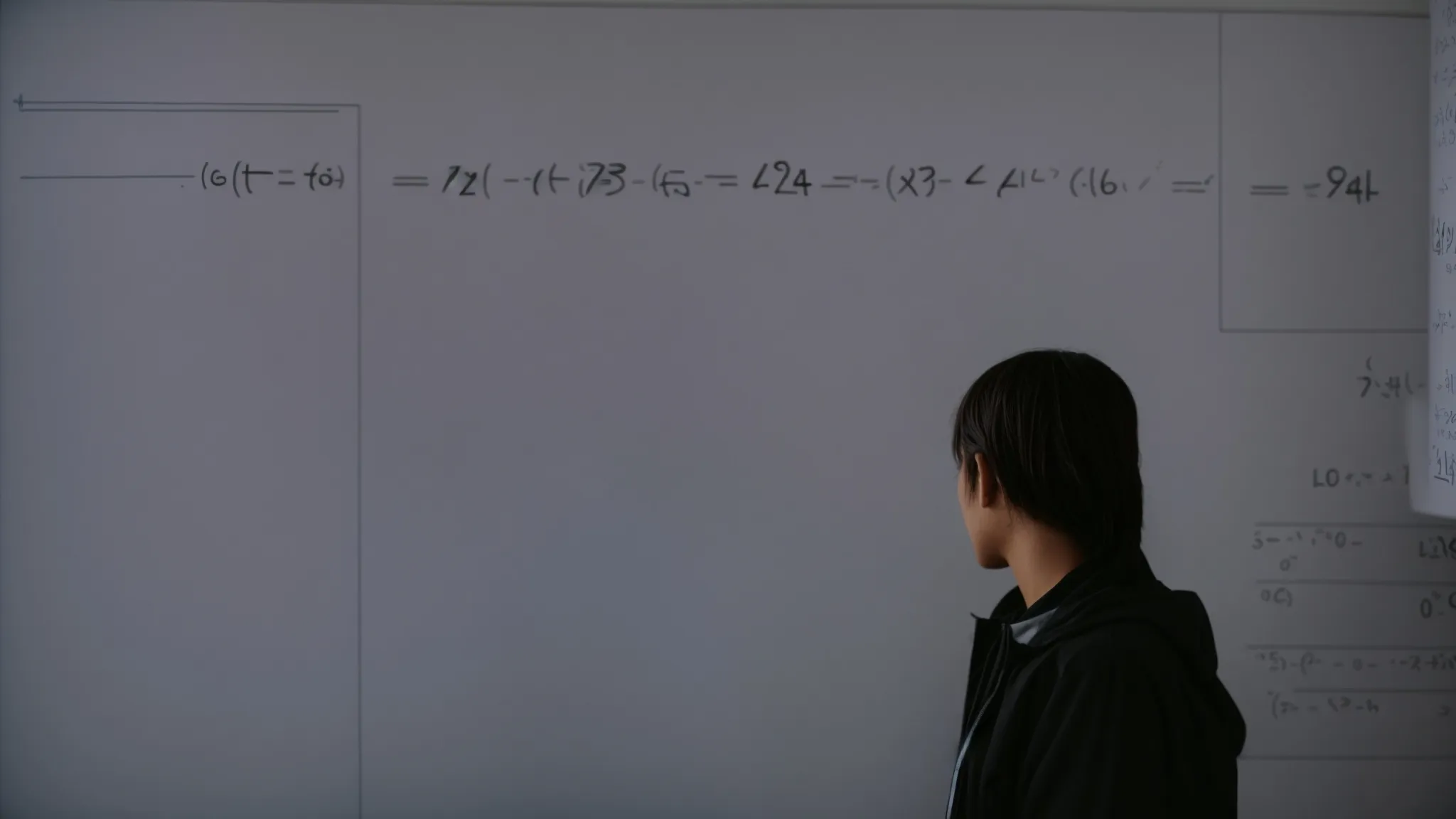
Solving linear equations that include fractions can be a stumbling block for many students, who may find their complexity intimidating.
However, with a systematic approach and mastery of key strategies, any learner can confidently tackle these challenges.
It is crucial to understand how to efficiently clear fractions from equations, as this simplifies the problem, reducing it to a more approachable form.
Equally important is acquiring tips for navigating the intricacies of complex fractions.
Armed with these tactics, students can streamline their problem-solving process, bringing clarity and precision to their work with linear equations that involve fractional components.
Clearing Fractions From Equations Efficiently
Clearing fractions from an equation is an elegant exercise in simplification, transforming a potentially convoluted algebraic equation into a more comprehensible form. By identifying the least common multiple (LCM) of the denominators and multiplying each term by this number, students can eliminate the fractions altogether, laying out a clear path to isolating and solving for the variable.
| Original Equation with Fractions | Least Common Multiple (LCM) | Equation After Multiplication by LCM | Resulting Simplified Linear Equation |
|---|---|---|---|
| ( frac{3}{4}x – frac{1}{6} = frac{1}{2} ) | 12 | 9x – 2 = 6 | 9x = 8 |
By applying this strategy, the labyrinth of fractions becomes a straight corridor, guiding the learner with assurance towards the final solution.
Tips for Dealing With Complex Fractions
Addressing complex fractions within linear equations often hinges on the apt application of multiplication or division to both numerator and denominator, effectively streamlining the equation. Students should focus on creating a unified numerator and denominator by applying operations such as the distributive property or by combining terms. This approach reduces the complexity of the fraction, revealing a clearer linear equation ready for solving. With practice, these methods enable students to proficiently navigate the challenges posed by fractions and maintain the integrity of the problem-solving process.
Enhancing Your Skills Through Practice

The path to becoming adept at solving simple linear equations is paved with deliberate practice and repetition.
Engaging consistently with a variety of practice problems enables students to reinforce their learning and cement the principles of algebra in their mind.
Furthermore, the value of consistency in this practice cannot be overstated; it is through regular and focused repetition that one can transition from understanding to mastery.
For learners seeking to enhance their capabilities further, an array of tools and resources provides additional support, from worksheets and online quizzes to step-by-step guides.
These instruments serve to deepen comprehension and offer varied contexts for applying the strategies learned, facilitating the progressive development of one’s problem-solving acumen in the fascinating domain of linear equations.
Utilizing Practice Problems to Reinforce Learning
Practice problems are the crucible in which the theories of algebra are tested and understood with clarity. By continuously engaging with a broad spectrum of linear equations, learners embed the mechanics of solving into their skill set: They recognize patterns, internalize strategies, and develop an intuitive sense for the most effective approach to each new challenge they encounter.
| Aspect of Learning | Practice Activity | Expected Outcome |
|---|---|---|
| Identifying Variables and Constants | Students solve varied problems where they highlight and label each variable and constant before beginning to solve. | Enhanced recognition of different components in an equation facilitates a smoother solving process. |
| Applying Operations to Both Sides | Specific sets of exercises that require balancing operations across the equals sign. | Boosts comprehension of maintaining equality, leading to more accurate solutions. |
| Solving Equations with Fractions | Worksheets focused on practicing LCM determination and the elimination of fractions. | Improved confidence in simplifying equations, enabling quicker, more efficient solving. |
The Value of Consistency in Practice for Mastery
The journey toward mastery in solving simple linear equations is underpinned by one’s persistent dedication to practice. Immersion in the consistent application of algebraic principles not only fortifies a learner’s adeptness, but it also ingrains a reflexive understanding of the methodological nuances necessary for swift and accurate problem resolution. When students embrace regularity in their study habits, they unlock a deeper, more intuitive command over the complexities of algebra.
Leveraging Tools and Resources for Additional Support
Leveraging tools and resources for additional support can significantly expedite the learning curve when solving simple linear equations. Websites that offer interactive lessons, tutorial videos, and personalized learning dashes allow students to navigate their algebraic journey with customized assistance. Furthermore, various educational apps and online platforms incorporate adaptive learning technology, which tailors the difficulty of problems to the learner’s growing abilities and provides instantaneous feedback to ensure a thorough understanding of solving equations:
| Tool/Resource | Type of Support | Benefit to Learner |
|---|---|---|
| Interactive Websites | Tutorial videos and interactive lessons | Walks through solving strategies; offers visual and auditory learning cues. |
| Educational Apps | Adaptive learning technology | Aligns with learner’s pace; provides tailored practice problems. |
| Online Practice Quizzes | Immediate feedback on answers | Enables rapid learning from mistakes to perfect solving skills. |
Conclusion
Mastering the art of solving simple linear equations is a foundational skill in mathematics, vital for understanding complex algebraic concepts.
By mastering addition, subtraction, multiplication, and division techniques, students can confidently tackle equations and strengthen their analytical abilities.
Regular, consistent practice with diverse problems deepens understanding and cements the principles of equation solving.
Leveraging a range of educational tools and resources further supports learners on their journey to algebraic proficiency and mathematical mastery.






